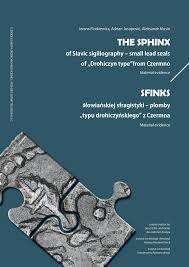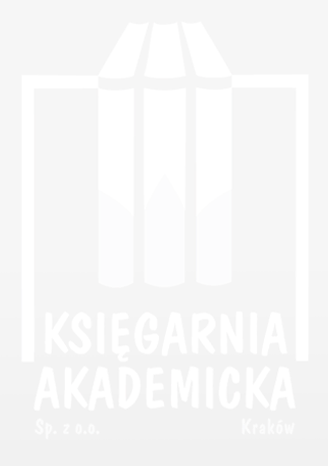
Sfinks słowiańskiej sfragistyki - plomby "typu drohiczyńskiego" z Czermna na wschodnioeuropejskim tle porównawczym
Iwona Florkiewicz, Adrian Jusupovic, Aleksandr Musin
Dział: archeologia
ISBN: 9783960232896
|
|
|
|---|---|
Prepared in cooperation with the Institute for the History of Material Culture of Russian Academy of Sciences the present book brings together research papers on small lead seals of "Drohiczyn type" from Polish and East European finds. The first discoveries of these objects which have a broad dating of 11th-13th centuries go back to the 1860s. Despite this their function and significance within the East Central and Eastern European societies continue to be poorly understood.
The first volume opens with a description of the small urban centre of Drohiczyn now found in eastern Poland and an analysis of the problem of literary evidence for small lead seals from eastern Europe. Subsequent chapters focus on material evidence. Some of the small lead seals addressed in the monograph are now housed in museum collections (St. Petersburg Ermitage, Cracow, Warsaw), others have surfaced more recently in Belarus', Poland, Russia and Ukraine. One of the highlights is a chapter reporting on the dendrochronology studies of small lead seals from Novgorod. The description of individual case studies is introduced by a monumental chapter on the topography of small lead seals from over 30, 000 finds. A separate part of the book discusses issues related to the iconography of the small lead seals of "Drohiczyn type".The second volume opens with a description of the archaeological site at Czermno. In the format adopted in the Catalogue of the corpus of small lead seals from Czermno, their photographic images are published side by side with the written entries. Most of the small lead seals from Czermno are forms characteristic for Eastern European environment, except for a commercial cloth seal of Tournai (Belgium), the focus of a separate, extensive research paper. Next to several contributions from archaeologists some chapters were contributed by representatives of technical sciences, presenting research methods used in the study of lead seals, and the result of analysis of their finds from Czermno and Drohiczyn (the latter now housed in museum collections in Bialystok, Cracow, Drohiczyn and Warsaw).Individual analyses are the result of an international co-operation of researchers from Poland, Germany, Belarus', Russia and Ukraine pursued within the projects: Seals at the Borders, Seals in Context: Seals and Dorogichin-Type Seals from Czermno, Cherven' Towns (Dumbarton Oaks Center), The Sphinx of Slavic sigillography - Dorogichin seals from Czermno in their East European context (National Science Centre; Project No. 2013 / 11 / B/HS3 / 0205) and of the scientific activity of Department I (Man and Environment) and Department II (Culture and Imagination) of Leibniz Institute for the History and Culture of Eastern Europe (GWZO)












Iwona Florkiewicz, Adrian Jusupovic, Aleksandr Musin
[INSTYTUT ARCHEOLOGII I ETNOLOGII POLSKIEJ AKADEMII NAUK, 2021
Dział: archeologia
ISBN: 9783960232896